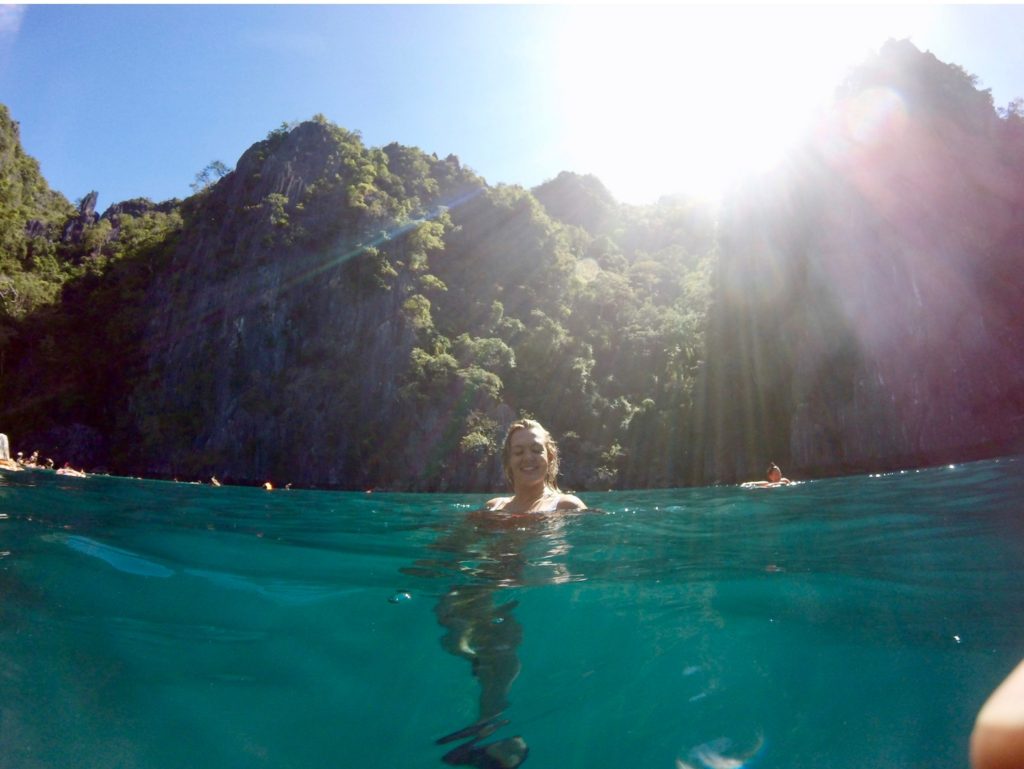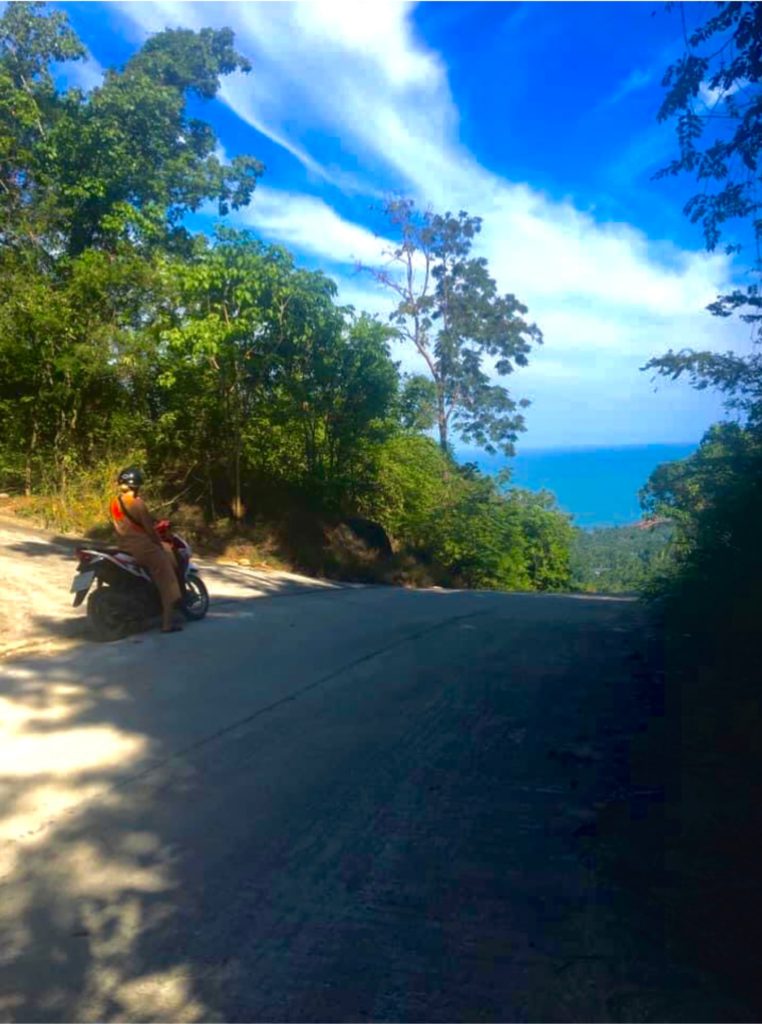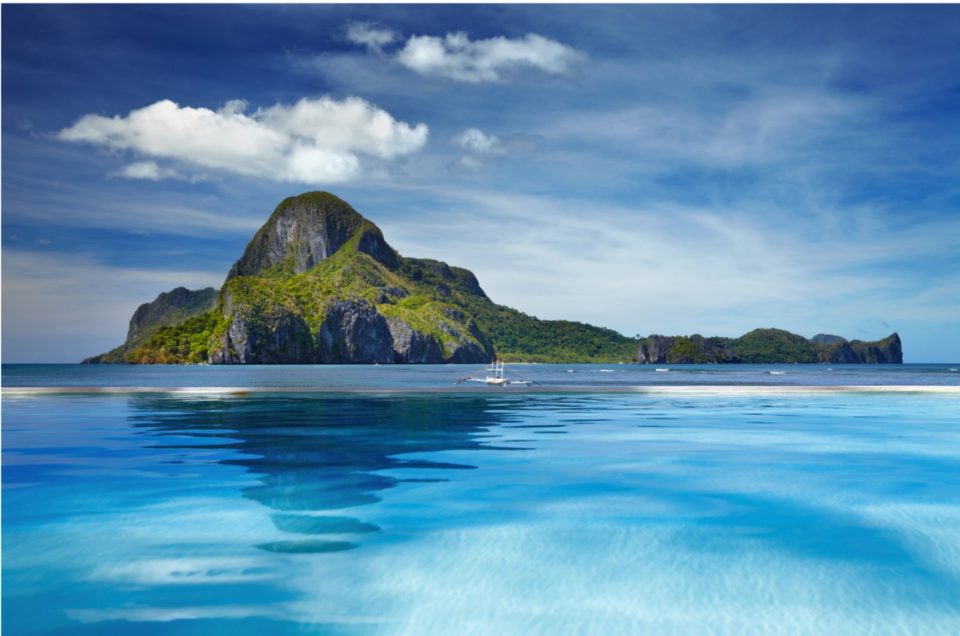Ahh, the Philippines. The Philippines was the very first country I backpacked solo. And I’m so glad I did. For many different reasons, one of the main ones being, the place is absolutely stunning!! Out of this world beautiful. No wonder it’s on so many bucket lists. One of the things that stood out to me when I landed was so many people can speak English. Being able to communicate made things so much less nerve-wrecking for me, especially being a brand new backpacker. Not only that but the Filipino people have the biggest smiles and the warmest hearts, and will greet you in the street almost everywhere. If you like turquoise oceans, white sand, fresh coconuts, and a Pirates life for me, then the Philippines is the place for you.
With over 7,000 islands ( 7,640 to be exact) it’s hard to know where to start, and what tropical island to land on first.
Key facts
Population of 109.6 Million
Language spoken: Filipino
Currency: Philippine Peso
Location: South East Asia
Total number of islands: 7,640

The Philippines climate is tropical maritime, so that means you can split the weather into 2 seasons: wet and dry. You can expect rainy season between May and November. Although the Philippines is typically warm all year round, you can expect the cooler months to be between December and February. I landed late November when I went and it was perfect, a few rainy days, but honestly the showers of rain sometimes only lasted 20 mins (but yes the heavens open up, I’m from England and I was impressed) The best time to visit is between November through until May. Get that SPF on people, it gets hot!
Rainy season: May-November
Dry Season: December – April
Do I need a visa to enter Philippines?
Most European countries are granted a free Visa upon arrival for 30 days, most other countries are granted 59 days upon arrival. You do not need to do anything beforehand, when you are onboard your flight the cabin crew will hand out forms you must complete and then show at border control once you enter the Philippines. Your passport will then be stamped with you entry date and the date your visa is valid until. I wouldn’t over stay your visa, you can be banned from entering the country ever again! If you’re looking to stay longer you can apply for a visa extension at the immigration office. To stay another month the cost is PHP 4,400 (£65) and to stay another 2 months is PHP 4,900 (£73). I would recommend applying for an extension no later than 10 days before your visa is due to expire, as it can take some time to have it all confirmed.
How much does it cost to travel the Philippines?

‘How much money do I need?’ Is one of the highest asked questions when it comes to backpacking. And the answer is frustrating to give, as I wish I could give you an exact amount and send you on your way! But unfortunately it comes down to you, and how you like to live, travel and eat. I will do my best to guide you with costing so you can figure out a realistic budget to the type of backpacker you are. When I backpacked the Philippines I spend roughly £1100 for one month, that included my visa extension and flight to Thailand (I never used my visa extension). The Philippines is one of the more higher costing countries to backpack, compared to its neighbouring countries. This is because with so many islands, you can only travel by boat or flight which ups your budget. I also found the price of the hostels to be a tad higher, with an average cost of £6 per night, as there are less to chose from, plus they have to import everything to the islands.
If you are keen to experience a lot of the country and enjoy tours and experiences I would suggest a daily budget of £30-£40. This does take into consideration all the partying you are likely to do! Some days you might only spend £10, and other days you might spend £40 by going on a boat tour, and partying the night away. So an average of £30-£40 per day, covers literally everything! All your accommodation, bike rentals, tours, internal travel, alcohol, food, water, ice creams, souvenirs etc.
Okay, now you have the basics covered about the Philippines, it’s time to know all the details about where to visit, where to stay and what to do. Head back to the main page to start reading blog posts by internal locations.
Disclaimer: some links on my website are affiliate links. This means that should you wish to make a purchase through one of my affiliate links, I could earn a commission at no extra cost to you what so ever.

